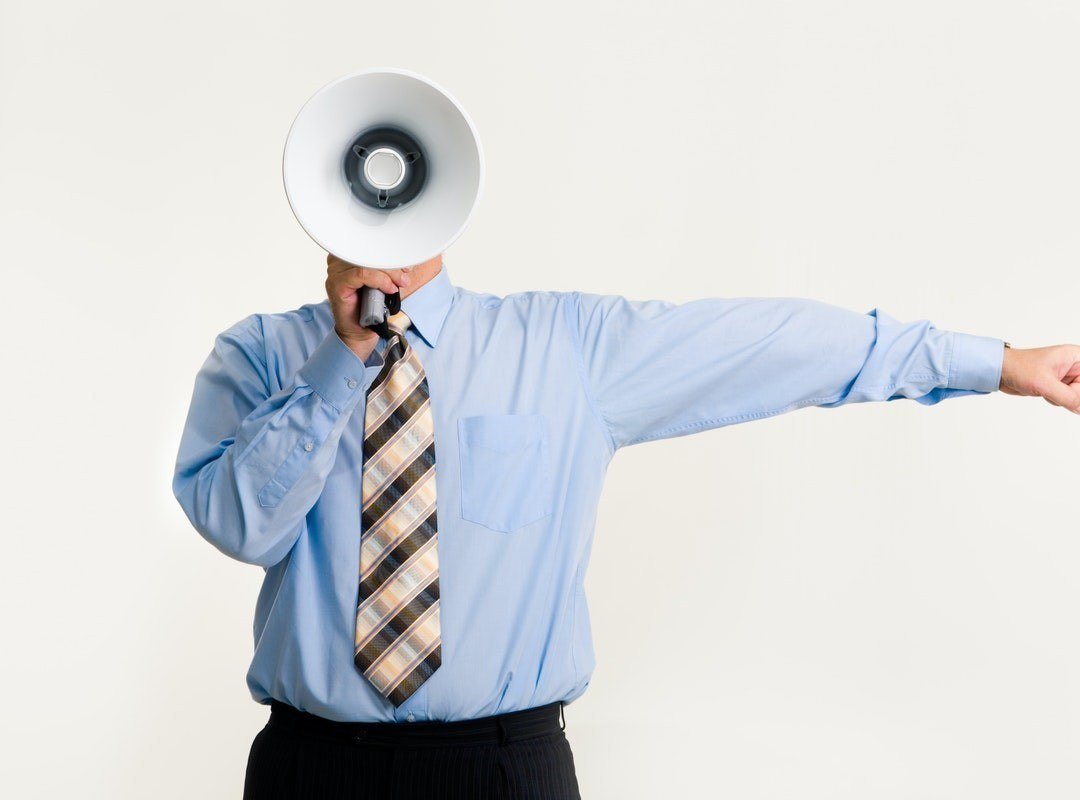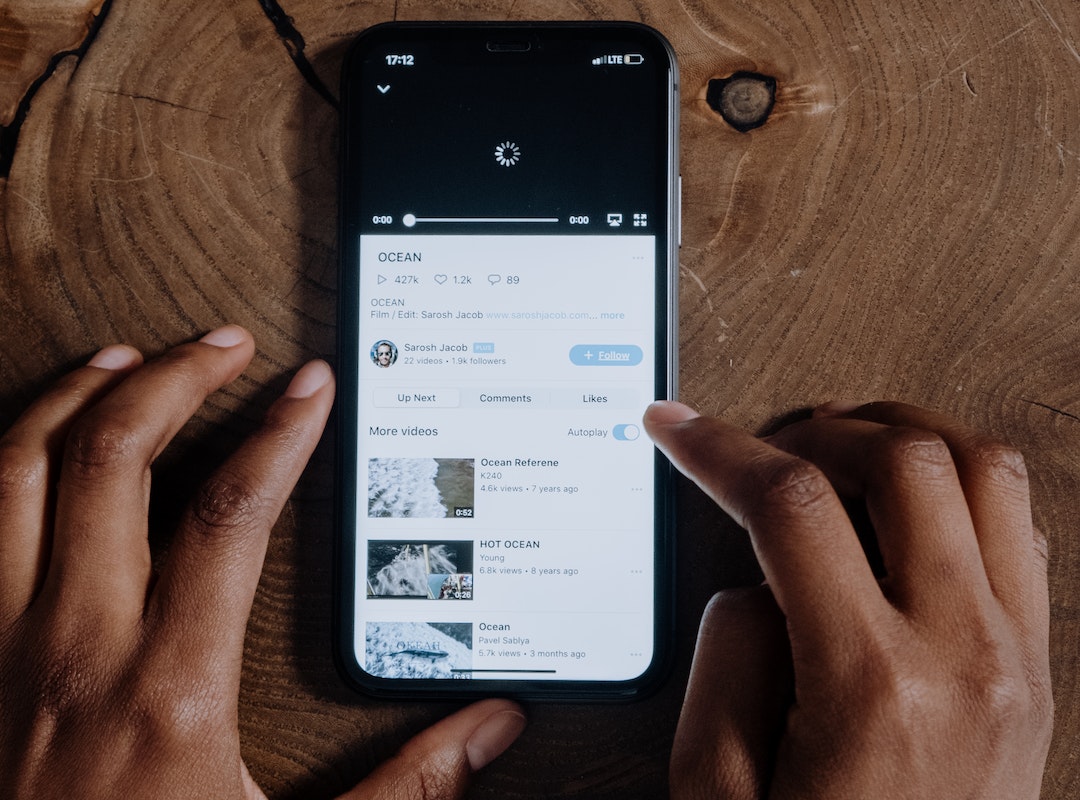It is quite common to find questions regarding 301 redirect, 302 redirect and rel=canonical and when to use them on duplicate content. Many times website owners think that these three are basically the same. This post will list when should these three be used and the pros and cons of each one of them.
To know the difference between 301 redirect, 302 redirect and rel=canonical and when to use them is quite important. This is because at times, unknowingly, website owners create ambiguous situations. Sometimes, people set up 302 redirects because it’s easier or forget to change them to 301 redirects. Instead of using canonical tags, some might use 301. This creates ambiguity and the crawlers have no idea which page to crawl. Due to this ambiguity the bots end up choosing the wrong webpage.
301 redirects
This is used to help search engines and users find content which is moved permanently to a different URL. 301 redirects make sure that users are directed to the new page and the links to that original URL now passes ranking power to the new URL. You can instert the following code in your .htaccess file to implement 301 redirect. Do not forget to change the values below to your file names.
RedirectPermanent http://www.domain.com/old-file.html http://www.domain.com/new-file.html
A. Pros
- Preserves link equity so that the new URL gains ranking ability.
- Using a 301 redirect makes the old URL drop out of the SERPs quickly.
- Helps to optimise crawling of the new URL.
B. Cons
- Since it’s permanent, in case you undo the redirect, search engines take time to rediscover the page.
- Similarly, on undoing a 301 redirect, it takes time for the page to be indexed.
- When the steps for creating a 301 redirect are not properly implemented, it can hurt website traffic.
Read how to get website traffic and links, in our blog: GUEST BLOGGING: GET WEBSITE TRAFFIC AND LINKS.
302 redirects
A 302 redirect is a temporary redirect. When you use this, it sends a signal to the search engine bots that the page is ‘temporarily gone’ but will be back in the future. You can instert the following code in your .htaccess file to implement 302 redirect. Do not forget to change the values below to your file names.
Redirect 302 / http://newwebsitehere.com/
A. Pros
- It keeps the older URL ranking.
- 302 redirect simply navigates the visitors to a new URL which is temporary and will be up for a short time.
B. Cons
- 302 retains some link equity so it doesn’t help the new URL to rank.
- The original URL keeps the old URL in the listings and the bots keep crawling it.
Rel=canonical tags
These tags are placed in the <head> of a page and helps to prevent the issue of duplicate content. When there are two versions of a webpage and we use a canonical tag, it means that one page is the main or original source but the second version is important too. For inserting the rel=canonical tag, just insert the tag with the url in the <head> section of the second version. The url with the canonical tag should look like this:
<link rel=”canonical” href=”https://abc.com/wordpress-seo/” />
A. Pros
- It is useful to tell search engines if there are two or more versions of the same content.
- It also tells search engines where the content that should be ranked is.
B. Cons
- When used in the wrong way, canonical tags can lead to deindexation or penalties.
Read and know about how to improve crawlability and indexability of a website, in our blog: HOW TO IMPROVE CRAWLABILITY AND INDEXABILITY OF A WEBSITE.
When to use 301 redirect, 302 redirect and rel=canonical?
These three have different uses at different points of time. They all have their pros and cons as well.
- When to use 301 redirect
1.1 Your content has permanently moved to a new URL and will never come back.
1.2 You want a new URL to rank instead of the old one. - When to use 302 redirect
2.1 The content has just moved temporarily and you want the original URL to keep ranking.
2.2 You have a new product or category that’s there for a limited time or is out of stock. - When to use rel=canonical
3.1 You have multiple versions of the same content for different users (due to differences, geographic locations or languages). But, you want to avoid any duplicate content writing issues.
3.2 You need to eliminate parameters that could cause duplicacy issues.
You should be cautious while using 301 redirect, 302 redirect and rel=canonical on your website. If they go wrong, then it can harm website rankings and lead to less traffic. When deciding which redirect tag to use, keep in mind your goals and what you want search engine bots and the users to see.










